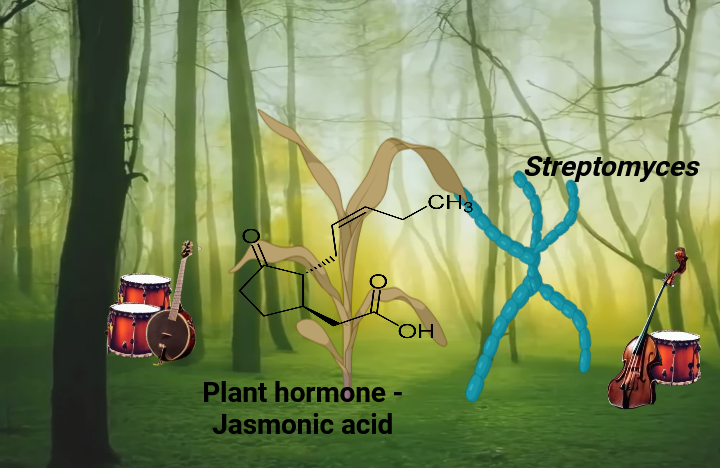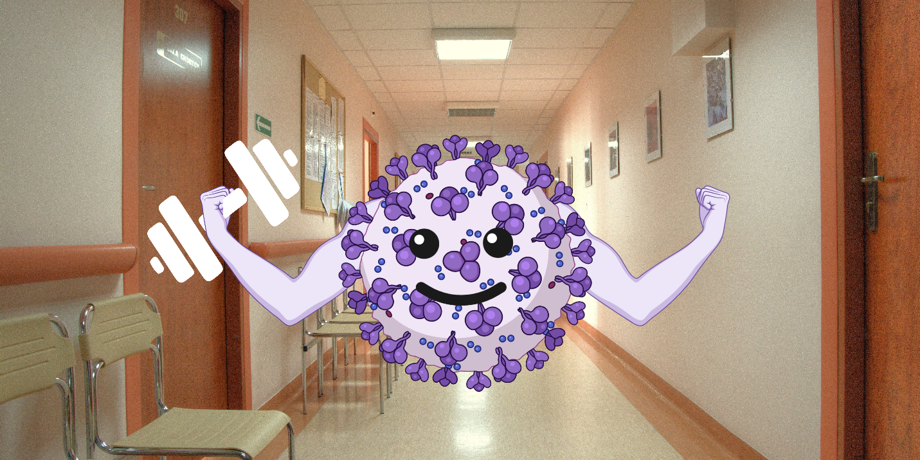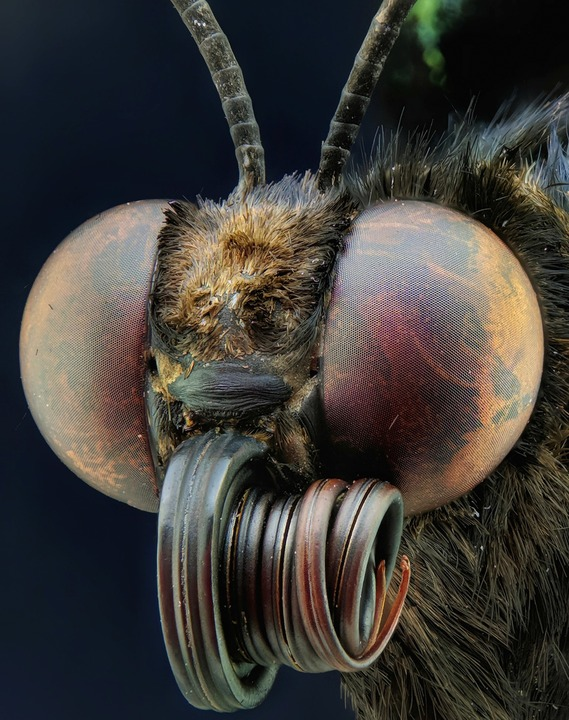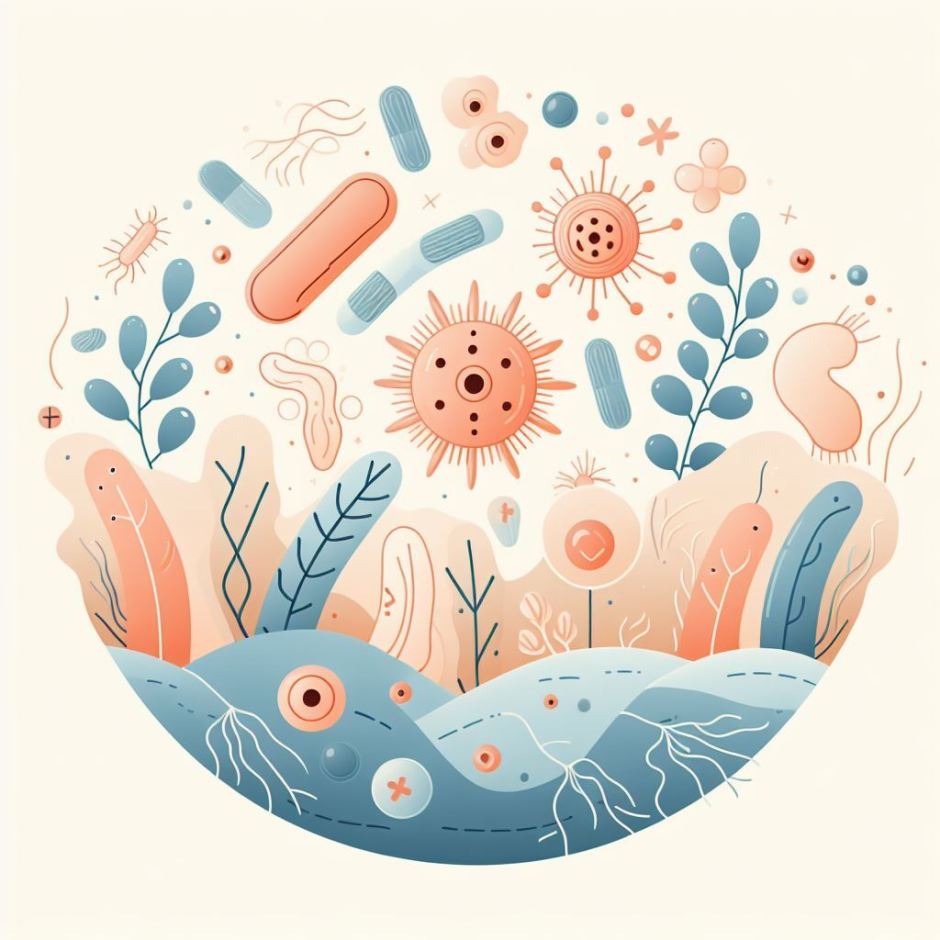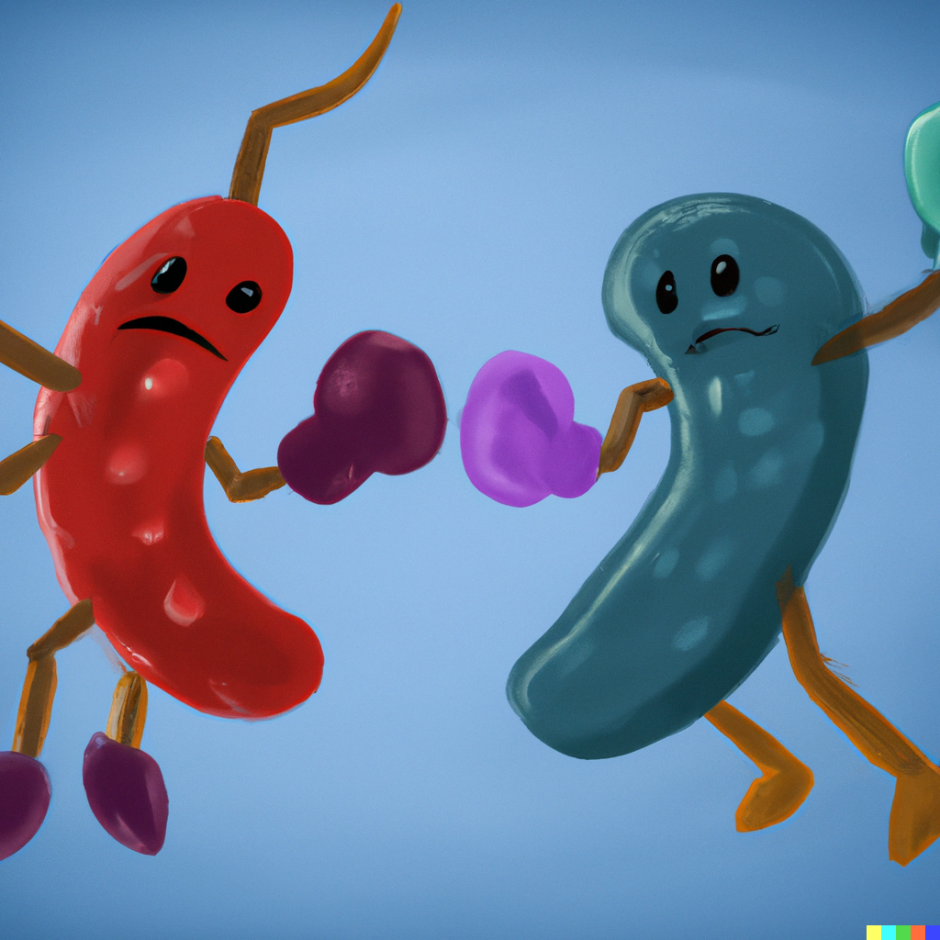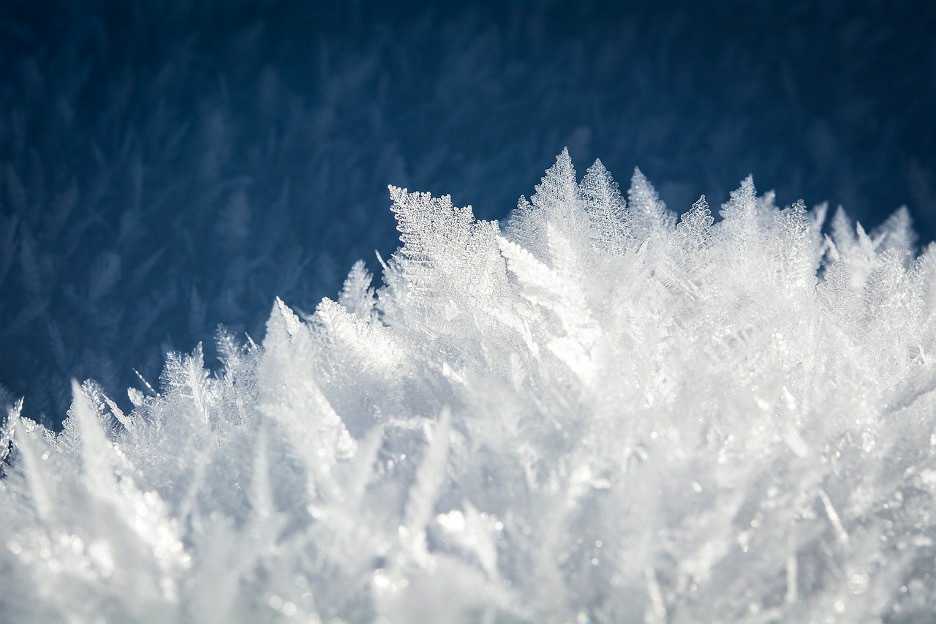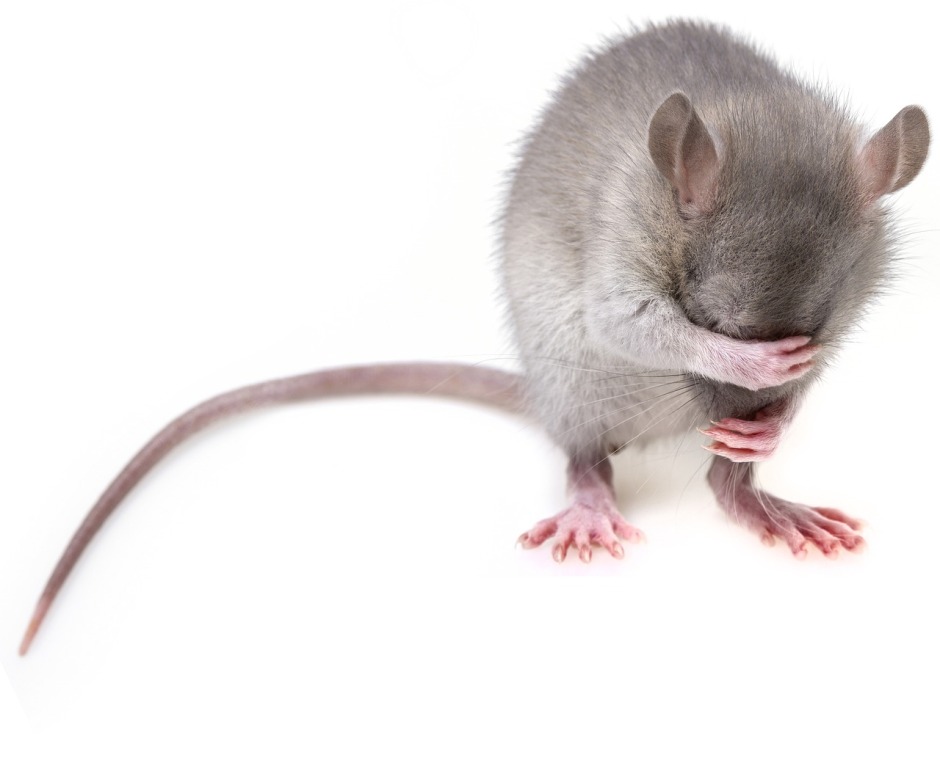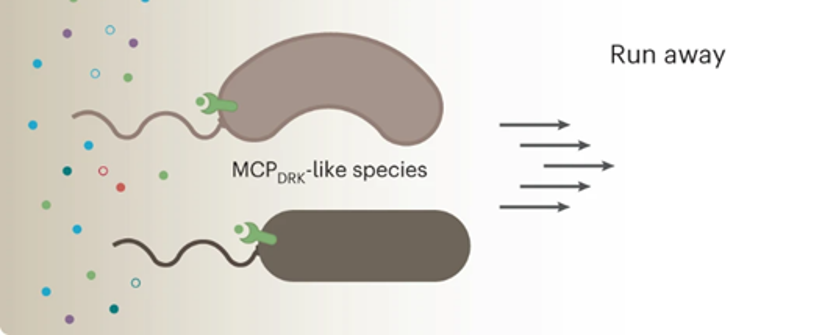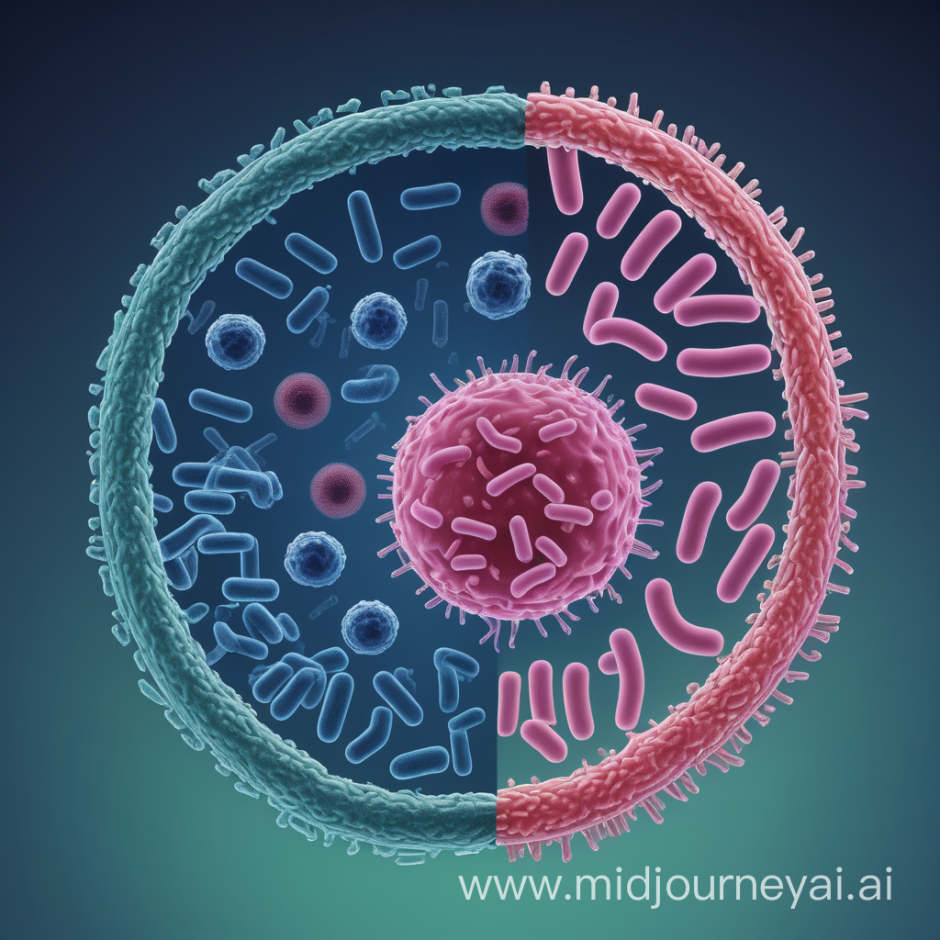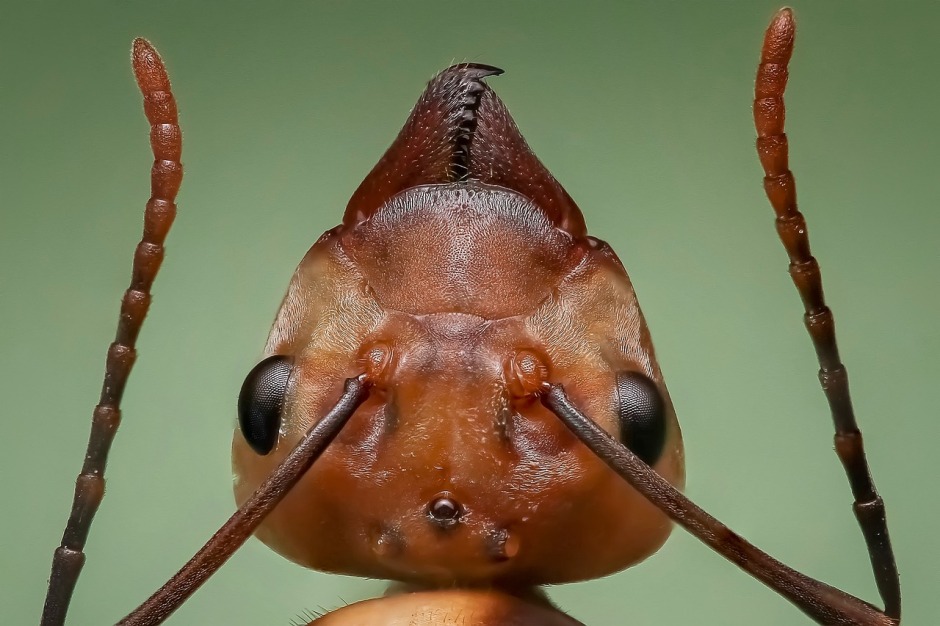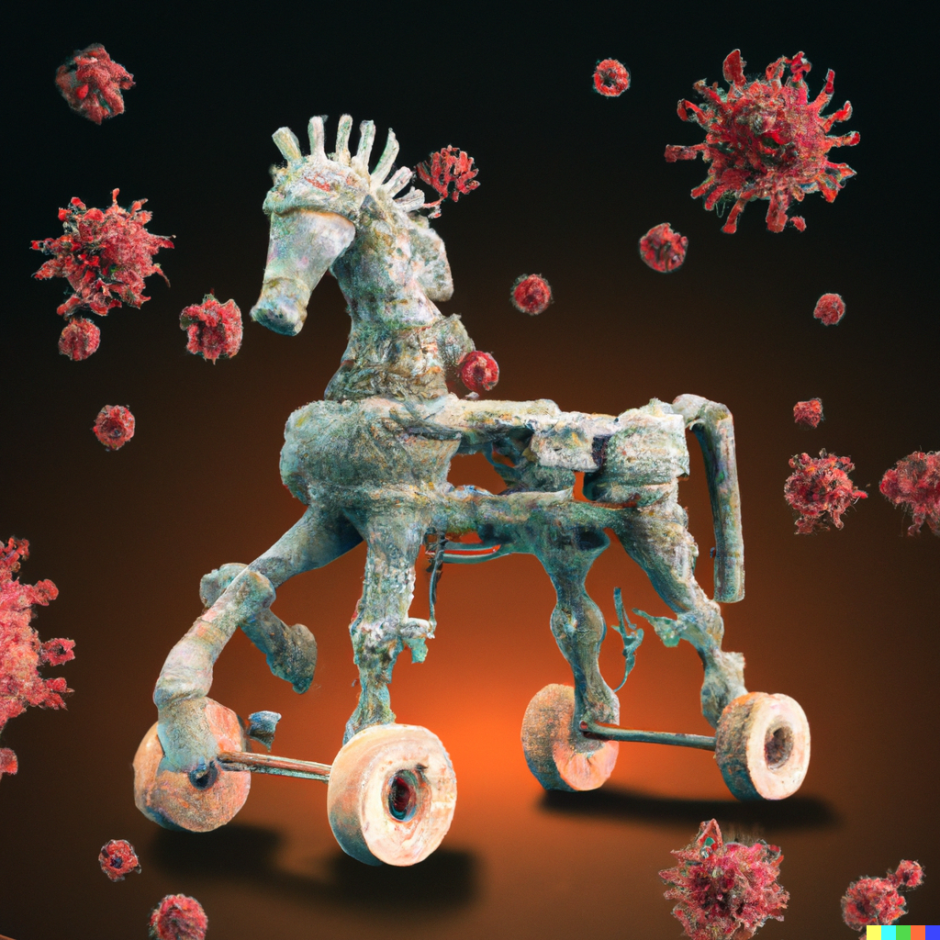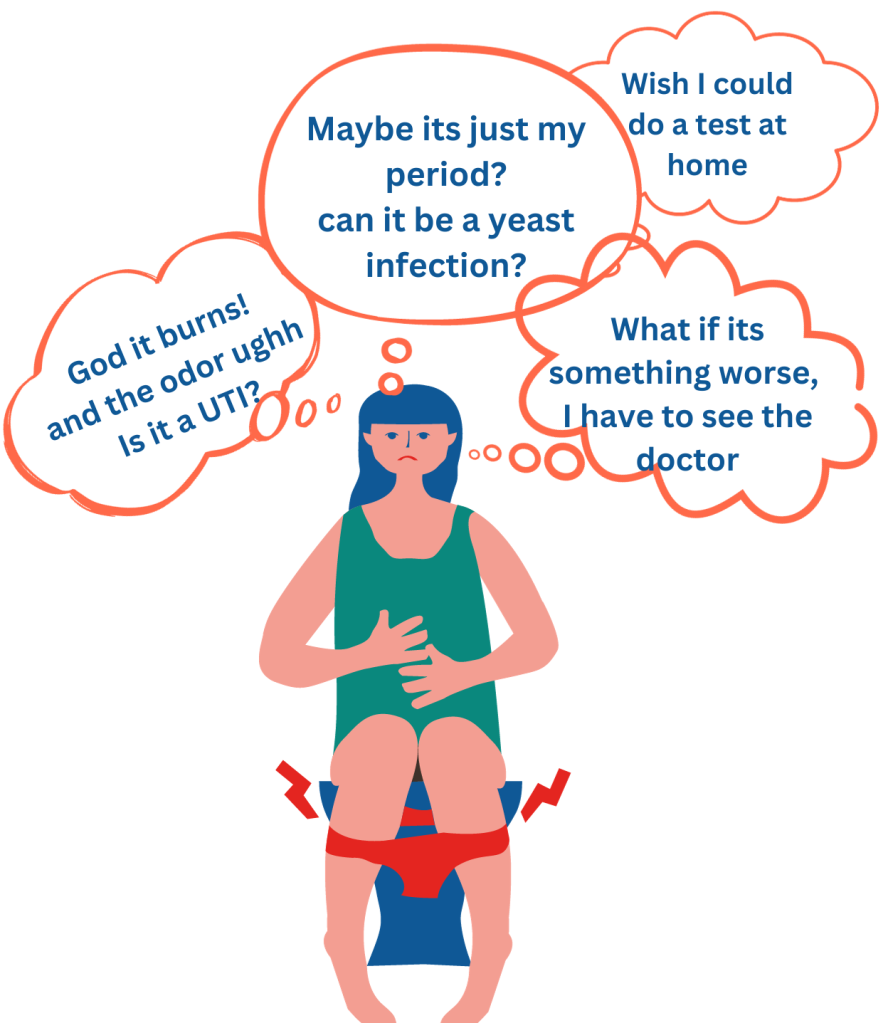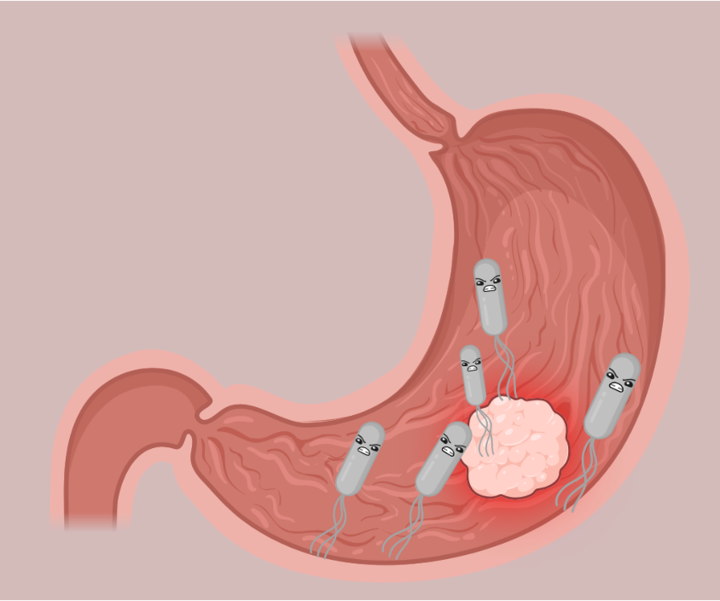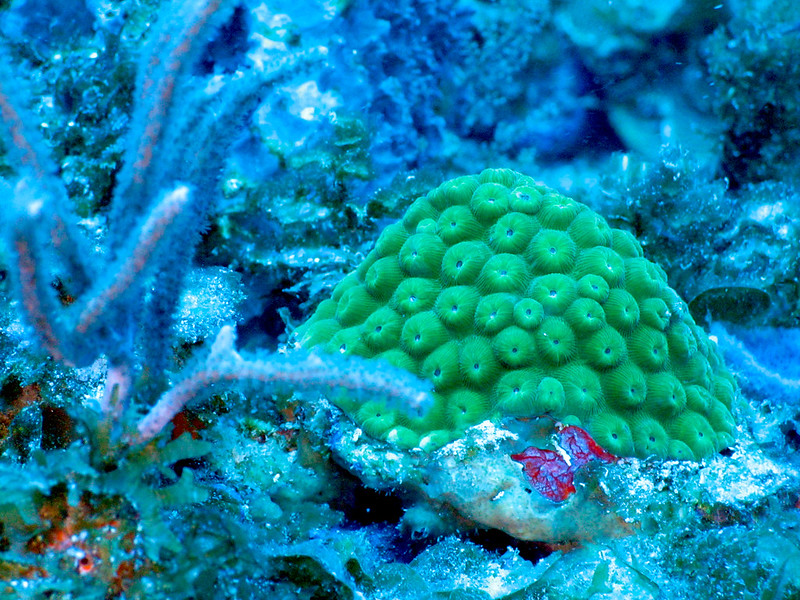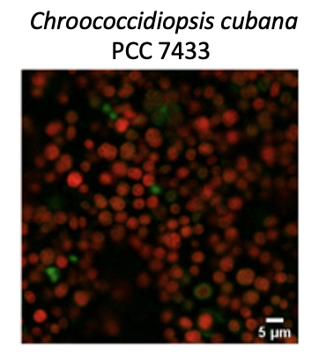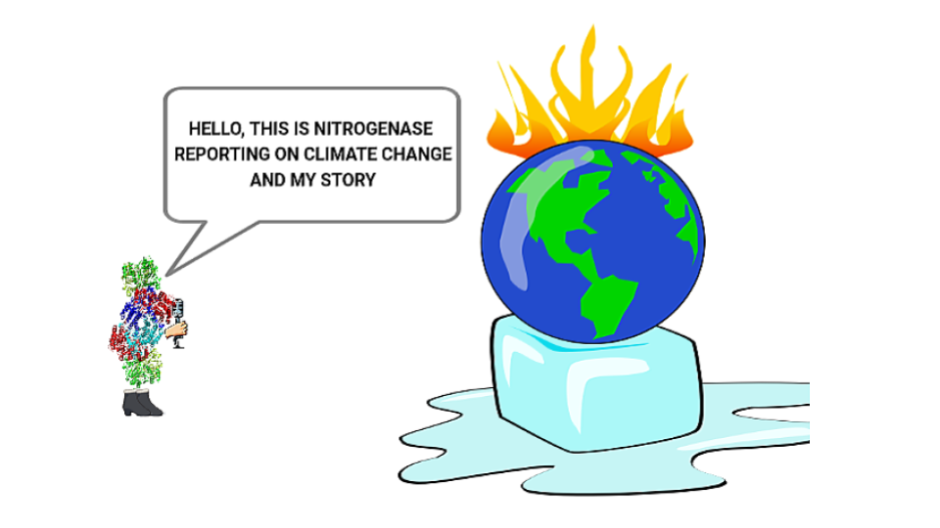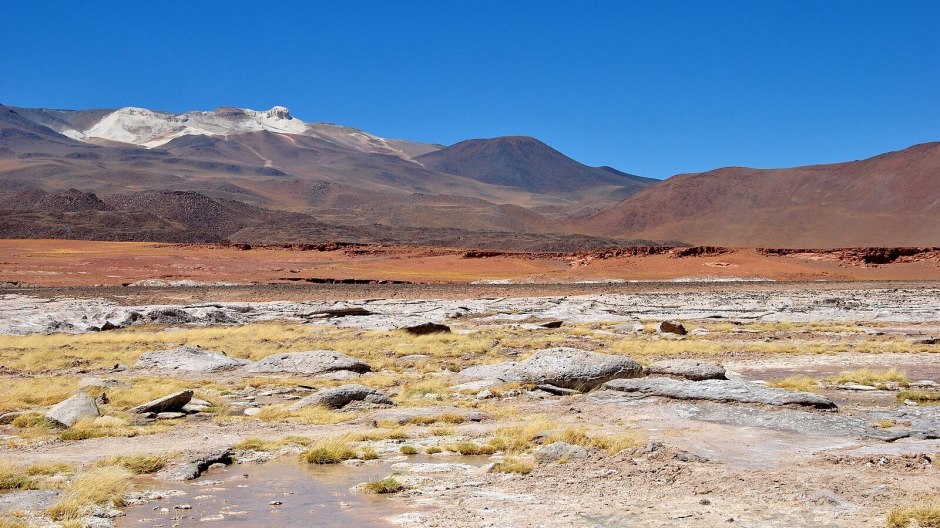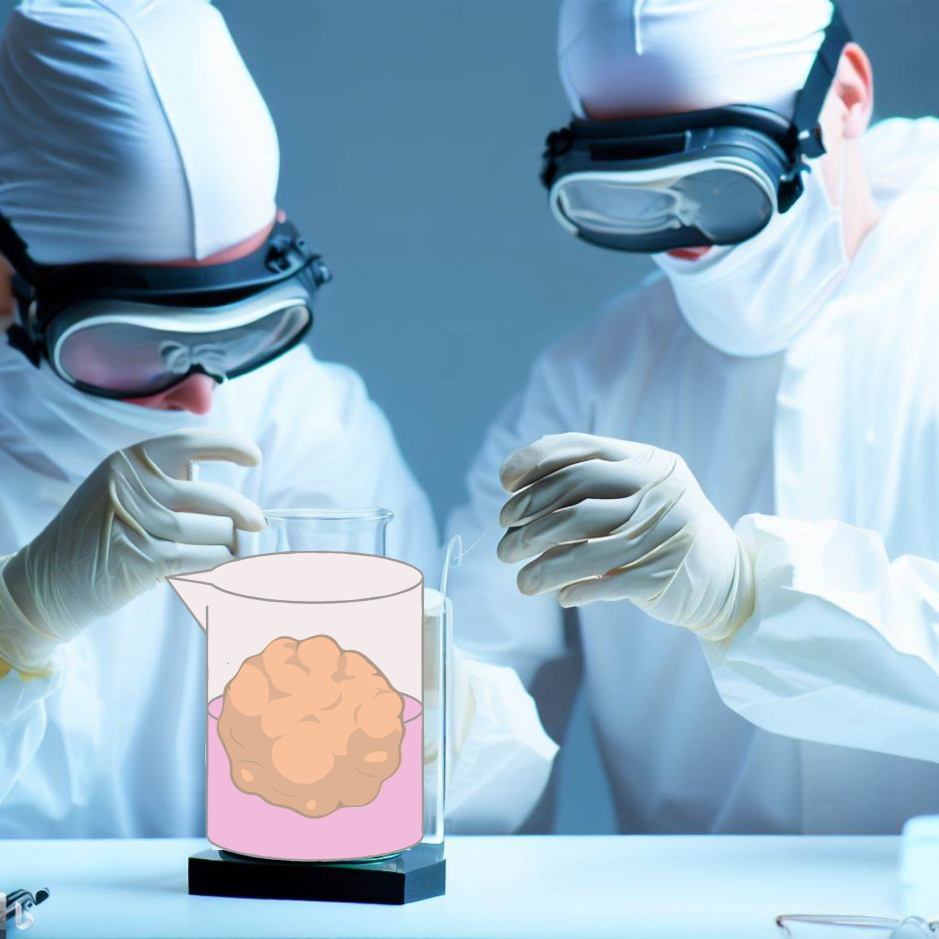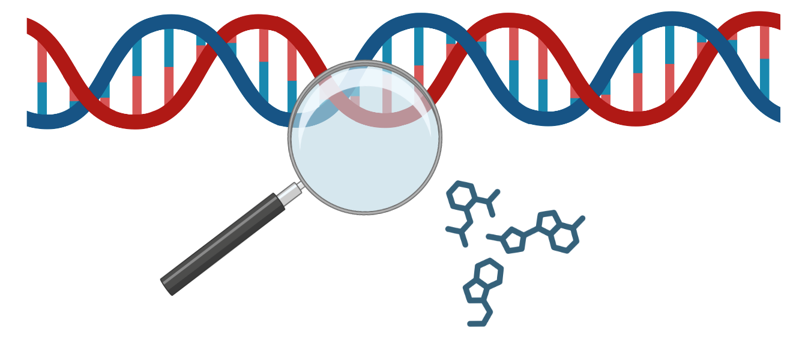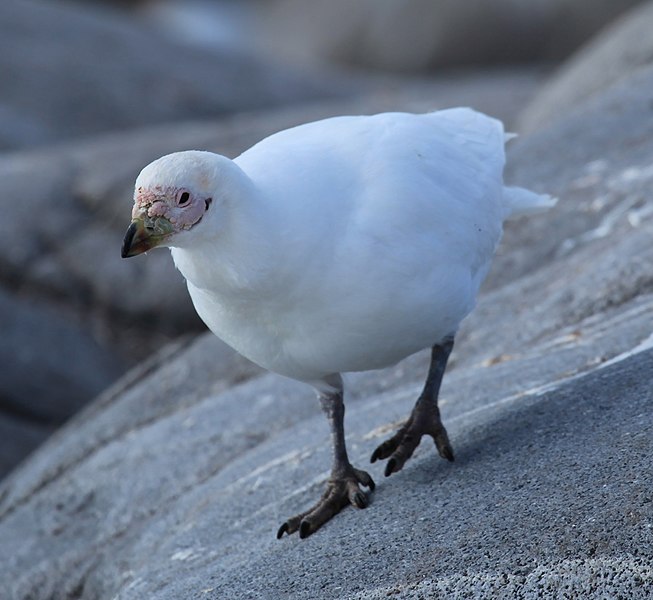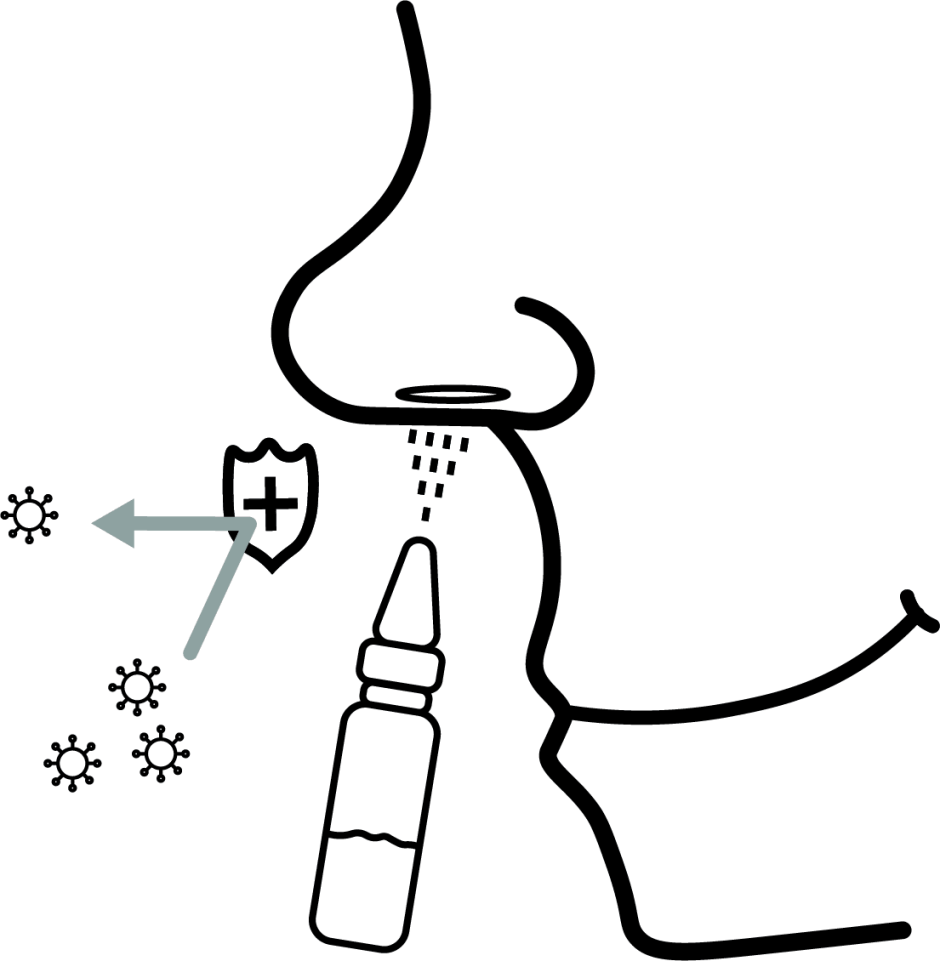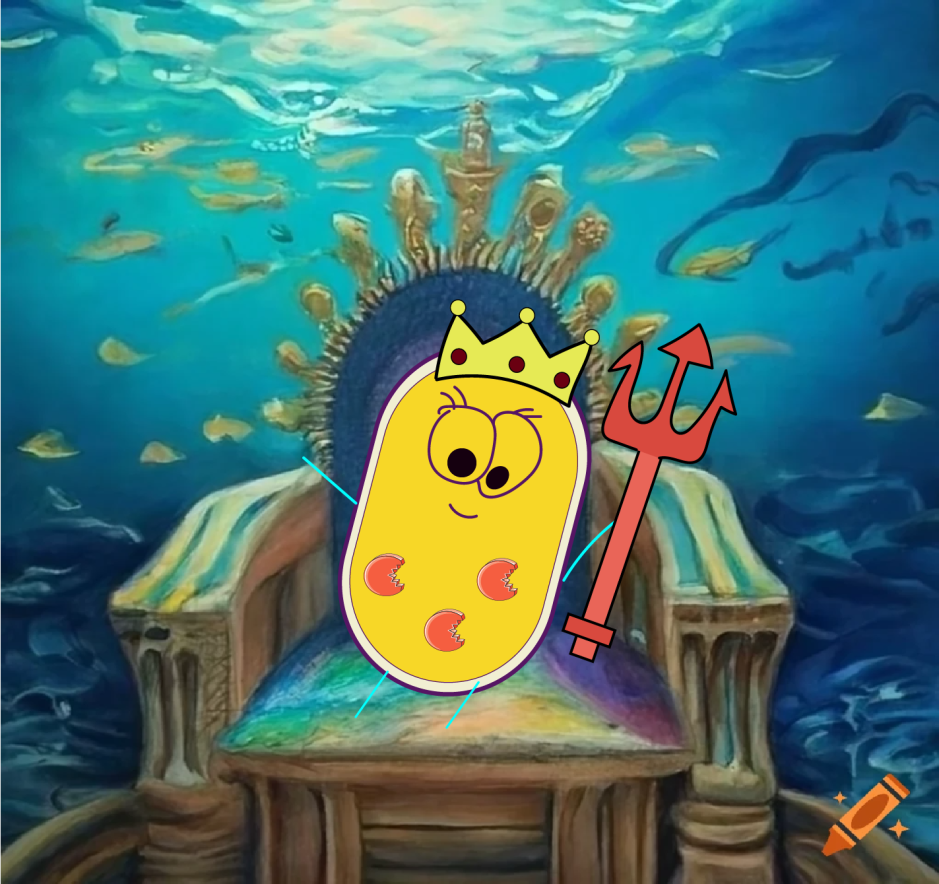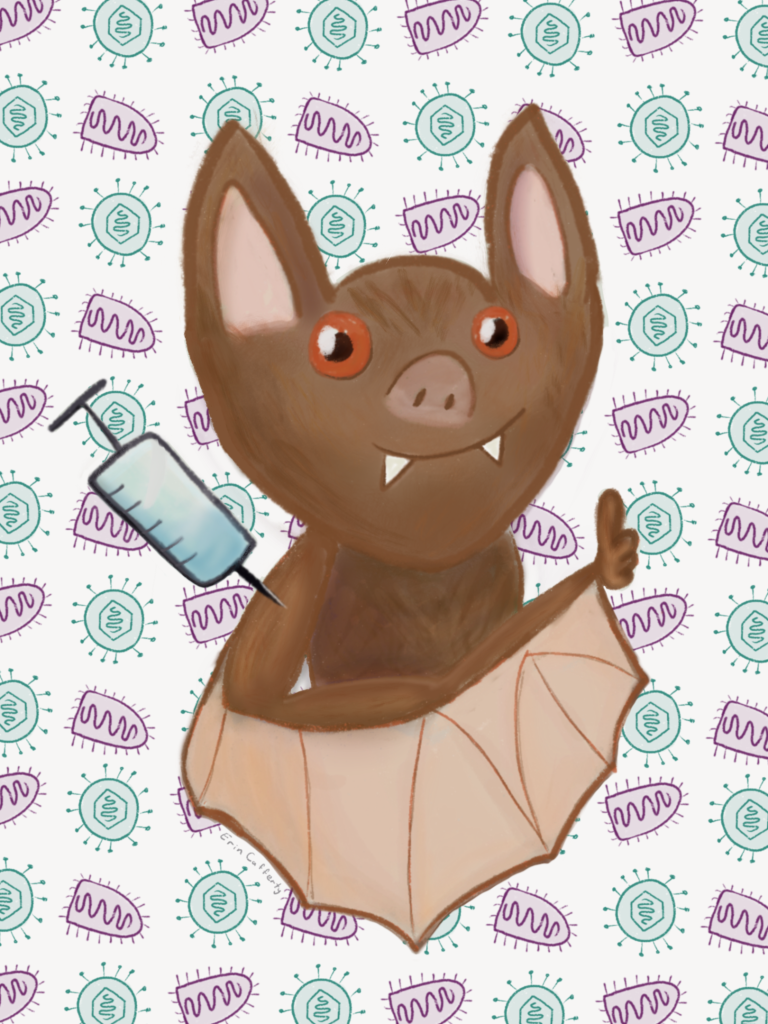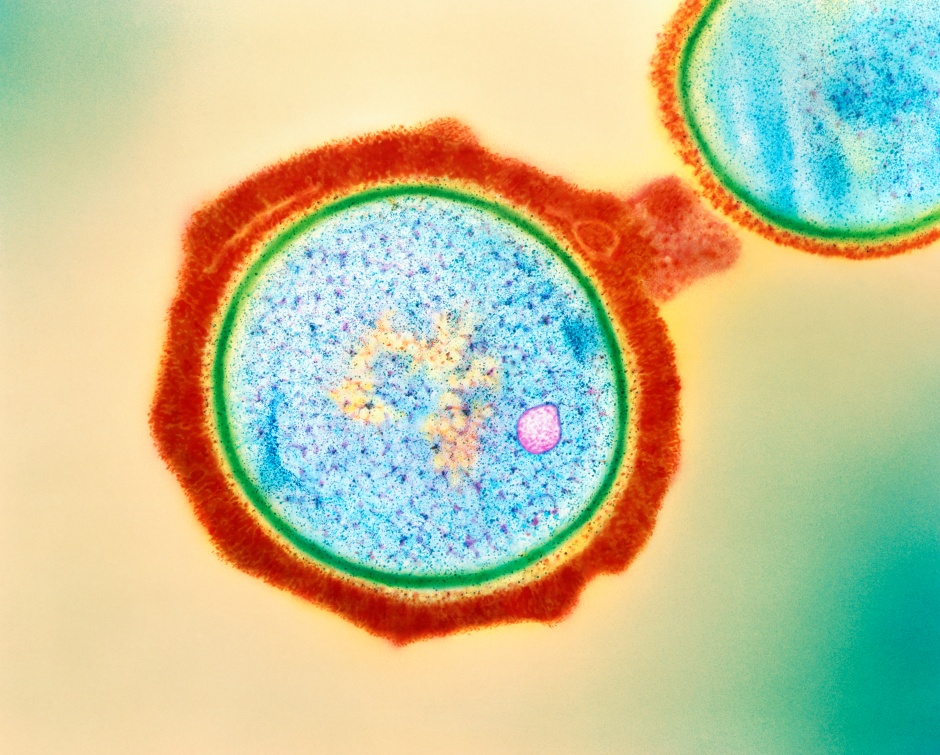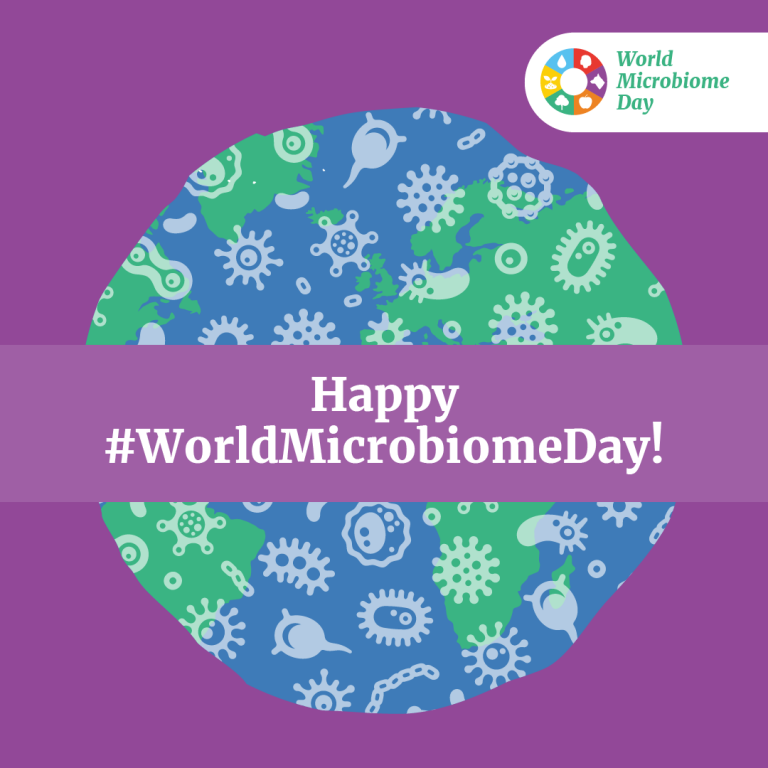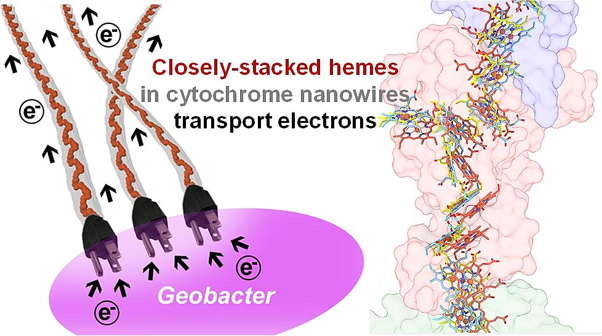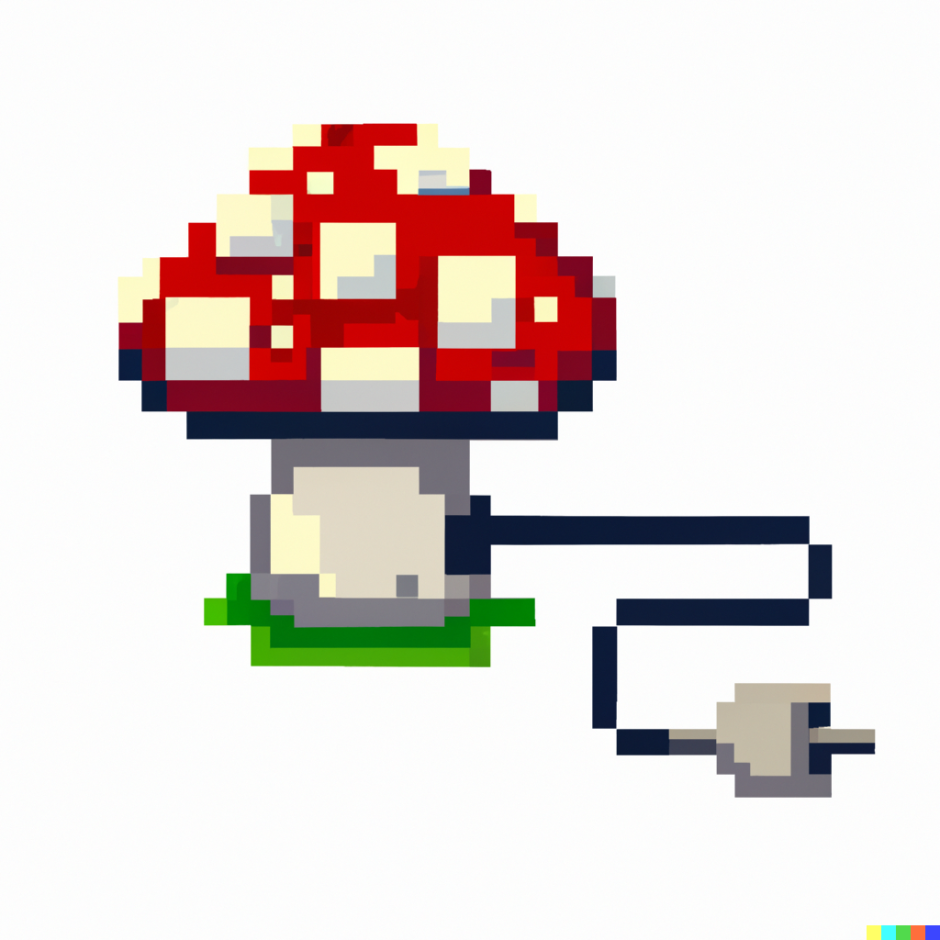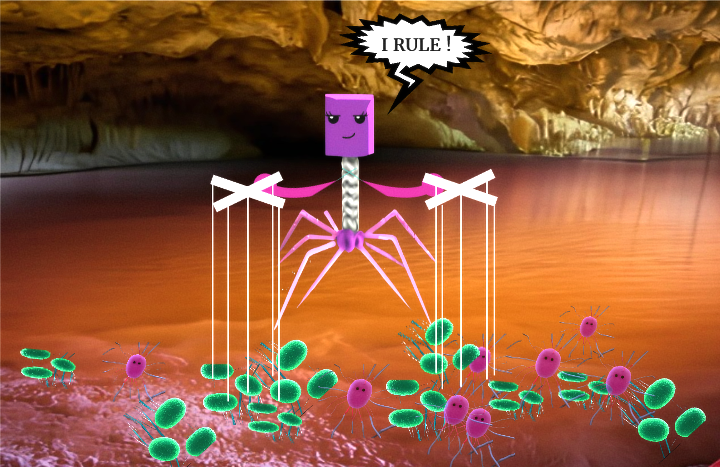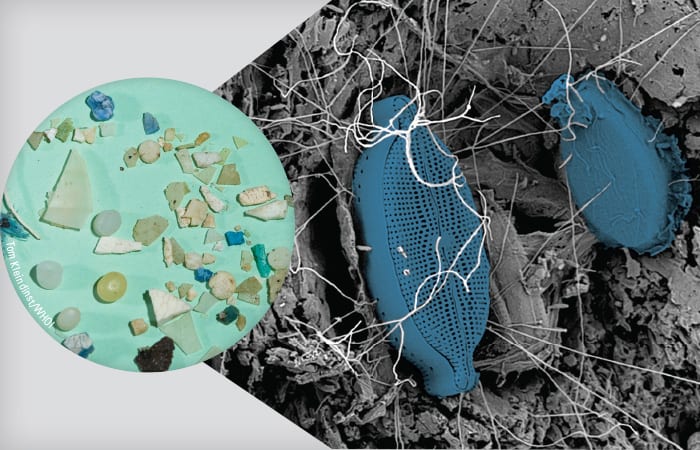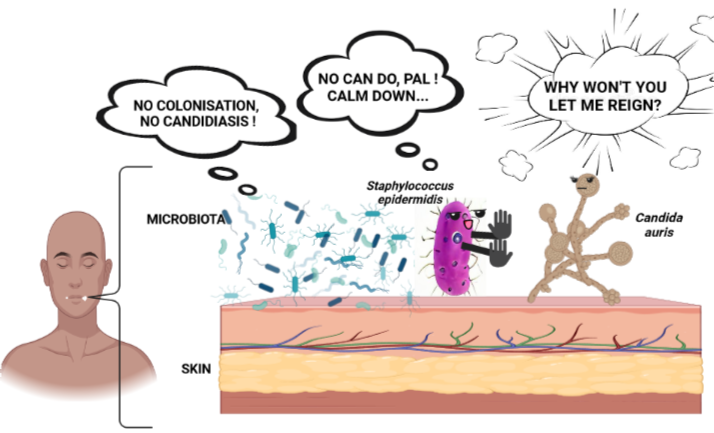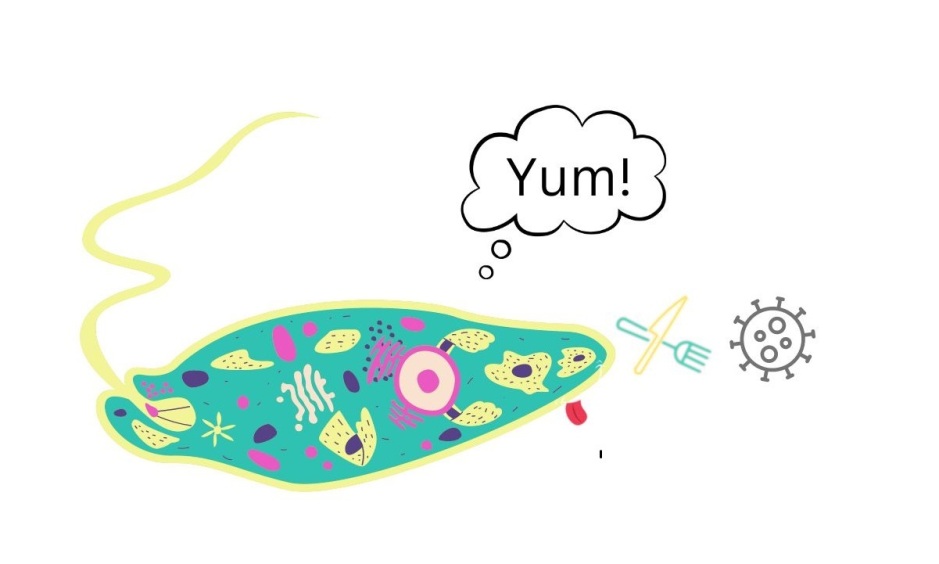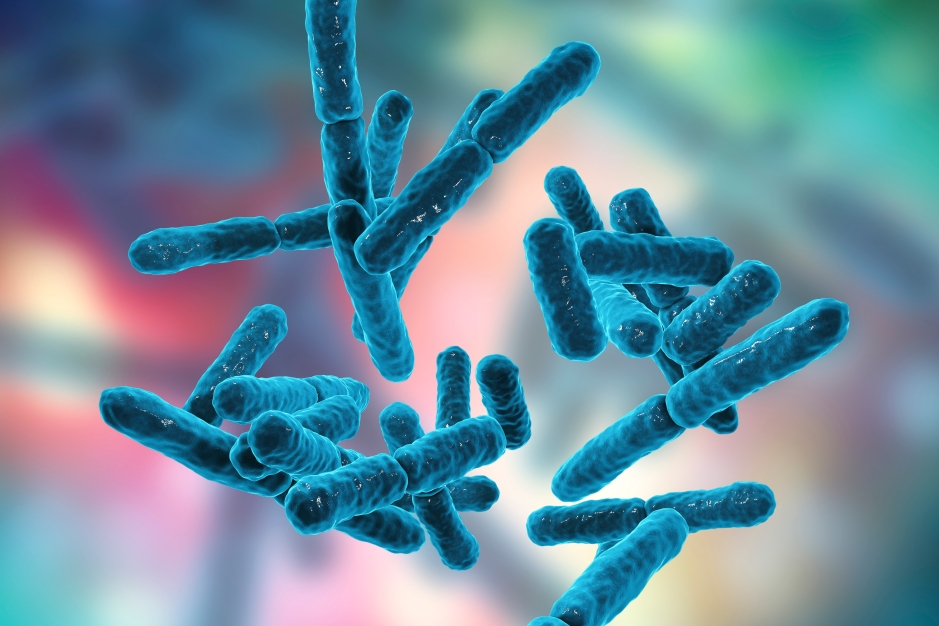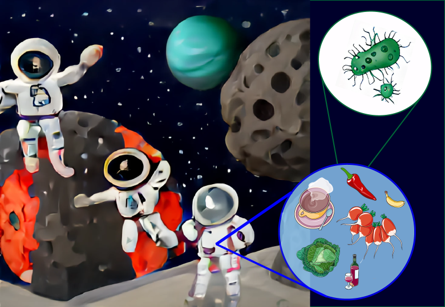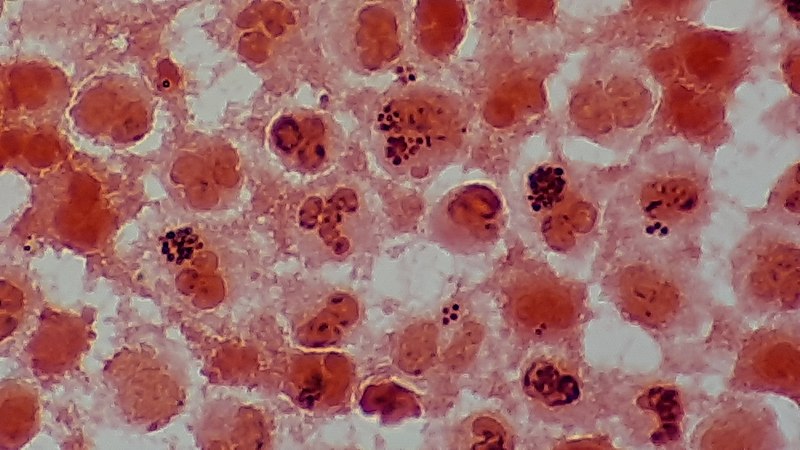
Breaking down the microbiology world one bite at a time
Intraterrestrials – microbes living under our feet
While we’ve found hints of possible or previous life outside our planet, we don’t think about our own aliens. Microbes are everywhere, including inside Earth: the intraterrestrial microbes.
Microbes represent most of the life forms in the depths of our planets. They are called the deep biosphere. As you can imagine life is quite harsh down there, with high temperatures and high pressure. There is no light, almost oxygen… and therefore it creates a unique environment. In most ecosystems, the source of organic matter is made by plants (bottom of the food chain!), so without light, life has to find another way to make organic matter. Researching how life can live in such environments including rock-microbe interactions would not only bring some understanding of early life on earth, but also possible life on other planets such as Mars.

The technical term for our intraterrestrials is a chemolithoautotroph: this means they eat inorganic material (such as iron or sulfur). The ones of interest today are called sulfate reducing organisms, meaning they “breathe” sulfate (SO42-) rather than oxygen. Sulfate can be obtained by oxidation of sulfide (S2-) or elemental sulfur (S0) (more on the sulfate cycle in Figure 2).
How do we find such organisms? It turns out that the chemistry of the rock is key. Previous research done by Casar and colleagues showed that actual rock is the main source of food for these organisms [1]. Think about it: these organisms need nutrients, and they use chemicals like minerals to grow. Therefore, whatever is found in the rock they live on, will determine the type of organism we can find. Something similar is true for a tropical forest or a desert: because these soil types don’t have the same resources, the organisms and overall ecosystem will be different. The same applies when you dig deep into the earth’s surface.

So how do our intraterrestrials get access to nutrients? A new study by Li and colleagues looked at multiple sulfur isotopes from 6 gold mines in South Africa [3]. They sampled water from 0.9 to 3.4 km (0.6 to 2.1 miles) depth below the surface in four mines and from 1.3 to 1.9 km (0.8 to 1.2 miles) in the two other mines.
They found that in the lower depth (lower than 3kms – 1.86miles), the host rocks leached sulfate ions (SO42--in yellow in Figure 2), dissolved in water, enabling a continuous subsurface consumption of nutrients and thereby sustaining the bacterial community. However, closer to the surface (less than 1km – 0.6miles), since there is a little oxygen available, the sulfate is generated by oxidation of sulfide (S2-) minerals making it directly accessible to microbes (in blue in the sulfur cycle, Figure 2). In intermediate depth (1 to 3km – 0.6 to 1.86 miles), the researchers found that sulfate was made accessible by radiolysis, a process where ionizing radiation (such as X-rays or gamma rays part of the light spectrum) enables sulfate to form. Through radiolysis, more chemicals to sustain life are produced: it supplies long-term sources of hydrogen to microbes in other deep-surface ecosystems[4].
This research clearly shows an unlimited source of sulfate, a key nutrient for these sulfate using microbes, which support life in this ecosystem.
While there’s still a lot to learn about these microbes from within our planet, it will for sure help us understand more about early life and possible life outside our planet.
Other references:
1. Casar Caitlin P., Kruger Brittany R., Osburn Magdalena R. Rock-Hosted Subsurface Biofilms: Mineral Selectivity Drives Hotspots for Intraterrestrial Life, Frontiers in Microbiology, 2021
2. The Deep Mine Microbial Observatory: https://demmo.org/
3. Long Li, Siwen Wei, Barbara Sherwood Lollar, Boswell Wing, Thi H. Bui, Shuhei Ono, Maggie C.Y. Lau Vetter, Tullis C. Onstott, Thomas L. Kieft, Gaetan Borgonie, Borja Linage-Alvarez, Olukayode Kuloyo, Esta van Heerden. In situ oxidation of sulfide minerals supports widespread sulfate reducing bacteria in the deep subsurface of the Witwatersrand Basin (South Africa): Insights from multiple sulfur and oxygen isotopes, Earth and Planetary Science Letters, Jan 2022
4. Li-Hung LinPei-Ling WangDouglas RumbleJohanna Lippmann-PipkeErik BoiceLisa M. PrattBarbara Sherwood LollarEoin L. BrodieTerry C. HazenGary L. AndersenTodd Z. DeSantisDuane P. MoserDave Kershawand T. C. Onstott , Long-Term Sustainability of a High-Energy, Low-Diversity Crustal Biome Science, 2006 DOI: 10.1126/science.1127376
To learn more:
Nearly three-quarters of terrestrial microbes hide in deep rocks: http://www.ipgp.fr/en/nearly-three-quarters-of-terrestrial-microbes-hide-in-deep-rocks
Featured image: https://pixnio.com/space/planet-earth-universe-galaxy#















